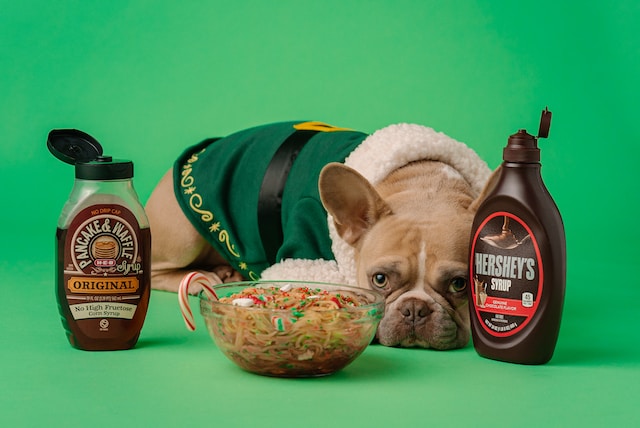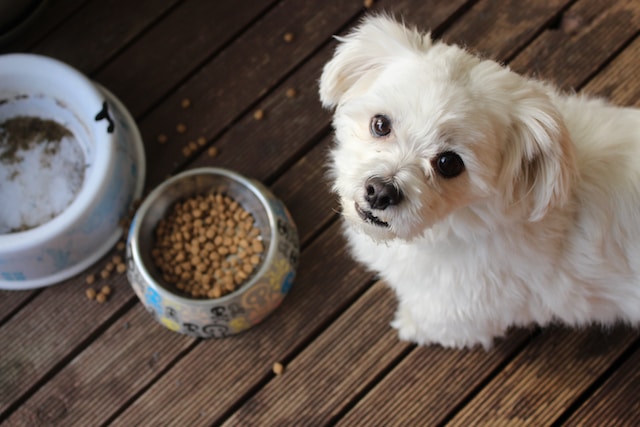
What to Feed Your Dog for a Healthy Diet
Adding a dog to your life is a delightful and fulfilling experience. It brings immeasurable joy, companionship, and numerous rewards. These four-legged companions quickly become part of the family, sharing your home, your adventures, and, of course, your meals. Just like us, dogs require a balanced and nutritious diet to thrive. In this guide, we’ll delve into what to feed your dog to ensure they lead a healthy and happy life.
Understanding Your Dog’s Nutritional Needs
Before we explore what’s on your dog’s menu, it’s essential to understand their nutritional requirements. Dogs, like humans, need a mix of proteins, fats, carbohydrates, vitamins, and minerals to stay healthy. These nutrients serve various purposes, from providing energy to supporting their immune system.
Top Food to Feed Your Dog
1. Commercial Dog Food
Commercial dog food is a convenient and popular choice for many dog owners. It comes in various forms, including kibble, canned, and semi-moist options. These products are formulated to meet dogs’ nutritional needs and are usually labelled for different life stages, such as puppy, adult, and senior. When choosing commercial dog food, it’s crucial to read the labels carefully and select a brand that offers high-quality ingredients without unnecessary fillers.

2. Raw Food Diet
The raw food diet, also known as a raw or BARF (biologically appropriate raw food) diet, is gaining popularity among dog owners. This diet consists of raw meat, bones, and organs, often supplemented with vegetables and fruits. Advocates claim that it mimics a dog’s natural diet more closely, leading to improved health. However, it’s essential to research this diet thoroughly and consult with your veterinarian to ensure your dog receives all the necessary nutrients.
3. Homemade Dog Food
Some dog owners prefer preparing homemade meals for their furry friends. This allows you to have complete control over your dog’s diet and tailor it to their specific needs. However, it’s essential to consult with a veterinary nutritionist to create a balanced recipe, as homemade diets can be challenging to get right.
4. Treats and Snacks
Treats and snacks are an integral part of a dog’s diet. They can be used for training, as rewards, or as occasional indulgences. When selecting treats, opt for those made from high-quality ingredients and ensure they don’t constitute more than 10% of your dog’s daily calorie intake.
Foods to Avoid
While sharing food with your dog can be tempting, some human foods are toxic to dogs and should always be avoided. These include chocolate, grapes, raisins, onions, garlic, alcohol, and foods high in salt or fat. It’s crucial to educate yourself about these dangerous foods to keep your dog safe.
Final Thoughts
In conclusion, feeding your dog a healthy diet is a fundamental aspect of responsible pet ownership. Whether you choose commercial dog food, a raw diet, or homemade meals, the key is to provide a balanced diet that meets your dog’s nutritional needs. Remember that individual dogs may have unique requirements, so always consult with your veterinarian for personalized advice. A well-nourished dog is a happy and healthy companion, ready to share in life’s adventures by your side.
